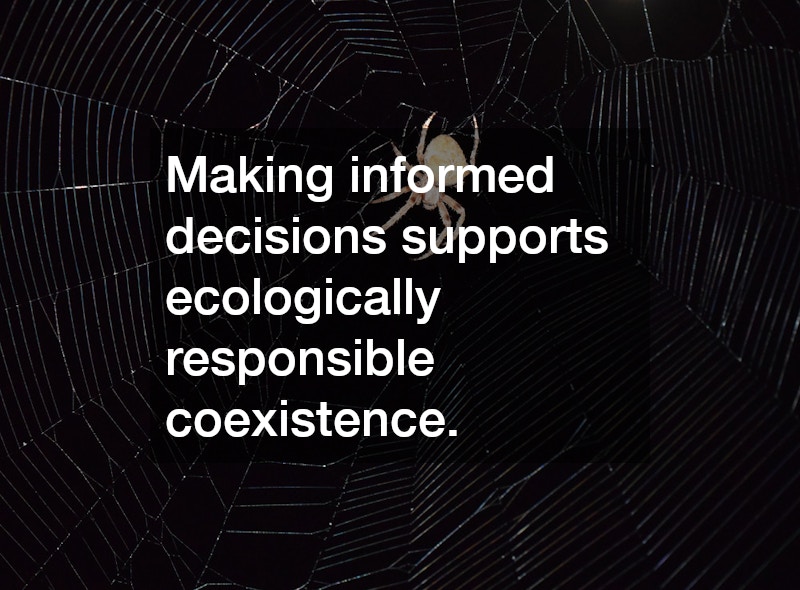In this article, we explore essential insights into selecting a reliable wildlife control company. The effectiveness and ethics of the service are paramount, given the impact on ecosystems and local fauna.
What Are the Key Qualifications of a Reputable Wildlife Control Company?
Licensing and Certification
A reputable wildlife control company must possess the necessary licenses and certifications. This guarantees not only their capability but also an ethical approach to wildlife control that adheres to legal standards.
The absence of proper licensing can be a red flag, potentially indicating inadequate training and non-compliance with wildlife regulations. Quality companies often provide documentation upfront, which reassures clients of their commitment to professional standards.
Experience and Reputation
Experience in the wildlife control industry is invaluable, as it often correlates with a company’s ability to handle a wide range of scenarios effectively. A well-established company will likely have encountered various wildlife challenges and developed proficient strategies to address them.
Reputation, as reflected in client reviews and testimonials, is another critical factor. Positive feedback is a testament to a company’s reliability, quality of service, and the satisfaction of past clients.
How to Evaluate the Methods Used by Wildlife Control Companies?
Humane Practices
A key indicator of a trustworthy wildlife control company is its commitment to humane practices. This not only involves safe removal techniques but also the prevention of unnecessary harm to wildlife.
Companies dedicated to humane practices prioritize animal welfare and often employ non-lethal methods whenever possible. These practices reflect a broader ethical commitment to coexistence with local fauna.
Environmental Impact
The environmental impact of wildlife control methods is another dimension that cannot be overlooked. Responsible companies assess the ecological implications of their actions and work to minimize disruption to ecosystems.
Non-target species and habitats can be inadvertently affected by certain control measures. Therefore, companies must demonstrate knowledge of environmental preservation and incorporate this into their methodology.
What Are Common Signs of Wildlife Problems in Your Area?
Identifying Physical Evidence
Physical evidence of wildlife presence can manifest in various forms, such as droppings or tracks. Recognizing these signs can aid in identifying and addressing wildlife problems early on.
Damage to property, like gnawed wires or chewed wood, can also suggest a wildlife issue requiring professional intervention. Noticing these early signs is key to preventing further damage.
Behavioral Indicators
Unusual animal behaviors, such as nocturnal activity during daylight, can be indicative of wildlife intrusion. Observations like these often signal that animals have adapted to the presence of humans.
The sounds of scratching or movement within walls, roofs, or basements may also point to a problem. These auditory signals can guide you towards taking the necessary steps to assess and mitigate the issue.
How to Compare Costs and Services Among Wildlife Control Companies?
Reading Estimates and Quotes
Understanding estimates and quotes is critical in comparing wildlife control services. Transparency in pricing ensures you are aware of what you are paying for and can compare fairly between companies.
Ensure that quotes are comprehensive, covering all expected services and any potential contingencies. This preparation can prevent unexpected costs and guarantee a clear agreement on service delivery.
Effective comparison relies on a clear understanding of what each quote includes. You should inquire about hidden charges and clarifications on any vague terms in the proposal.
B. Included Services and Aftercare
Comprehensive services often include preventative measures, which prevent the recurrence of problems. These measures may encompass minor home repairs or habitat modifications to deter wildlife.
Aftercare, such as follow-up appointments, ensures the long-term effectiveness of the solutions employed. Reliable companies will commit to checking in post-service to ensure issues are fully resolved.
5. How to Ensure Long-term Effectiveness of Wildlife Control Solutions?
A. Preventative Measures
Preventive measures are essential for sustaining long-term wildlife control. Strategies might include securing potential entry points to prevent wildlife access in the first place.
These measures are often more cost-effective than continual reactive solutions. A proactive approach reduces the likelihood of recurring problems, saving time and resources in the long run.
B. Monitoring and Maintenance
Regular monitoring and maintenance are crucial in ensuring that wildlife control solutions remain effective. Schedule routine checks to confirm that all preventative measures are holding firm.
Adjustments or repairs might be necessary based on the evolving environment or changes in wildlife populations. Continuing collaboration with a professional service can sustain control efforts effectively.
Final Thoughts
By understanding qualifications, evaluating methods, recognizing wildlife signs, comparing costs, and ensuring long-term solutions, you can select a trustworthy and effective wildlife control company. This comprehensive approach provides peace of mind in maintaining the balance between human spaces and wildlife habitats. Making informed decisions protects not just your property but also supports ecologically responsible coexistence.
.

